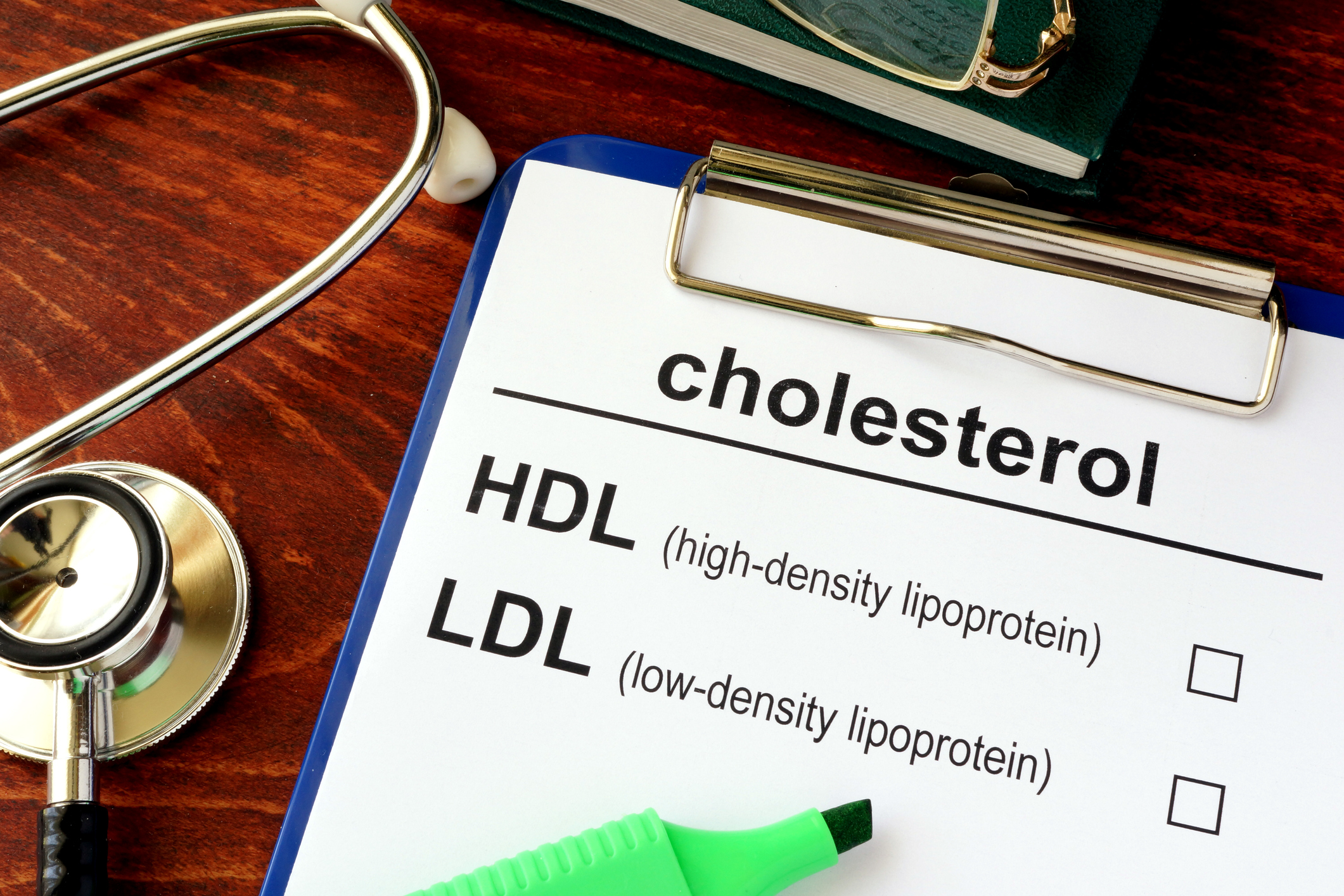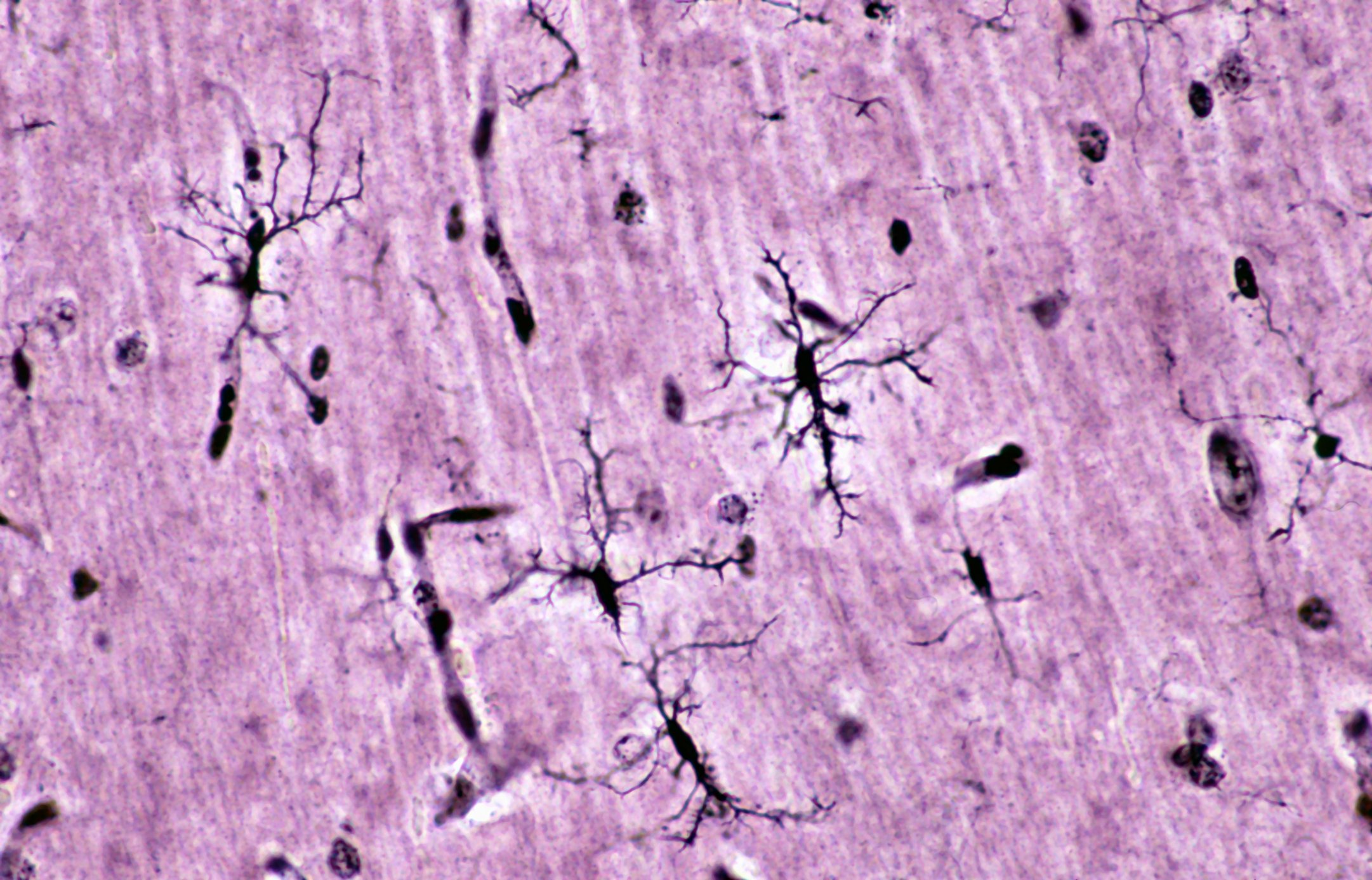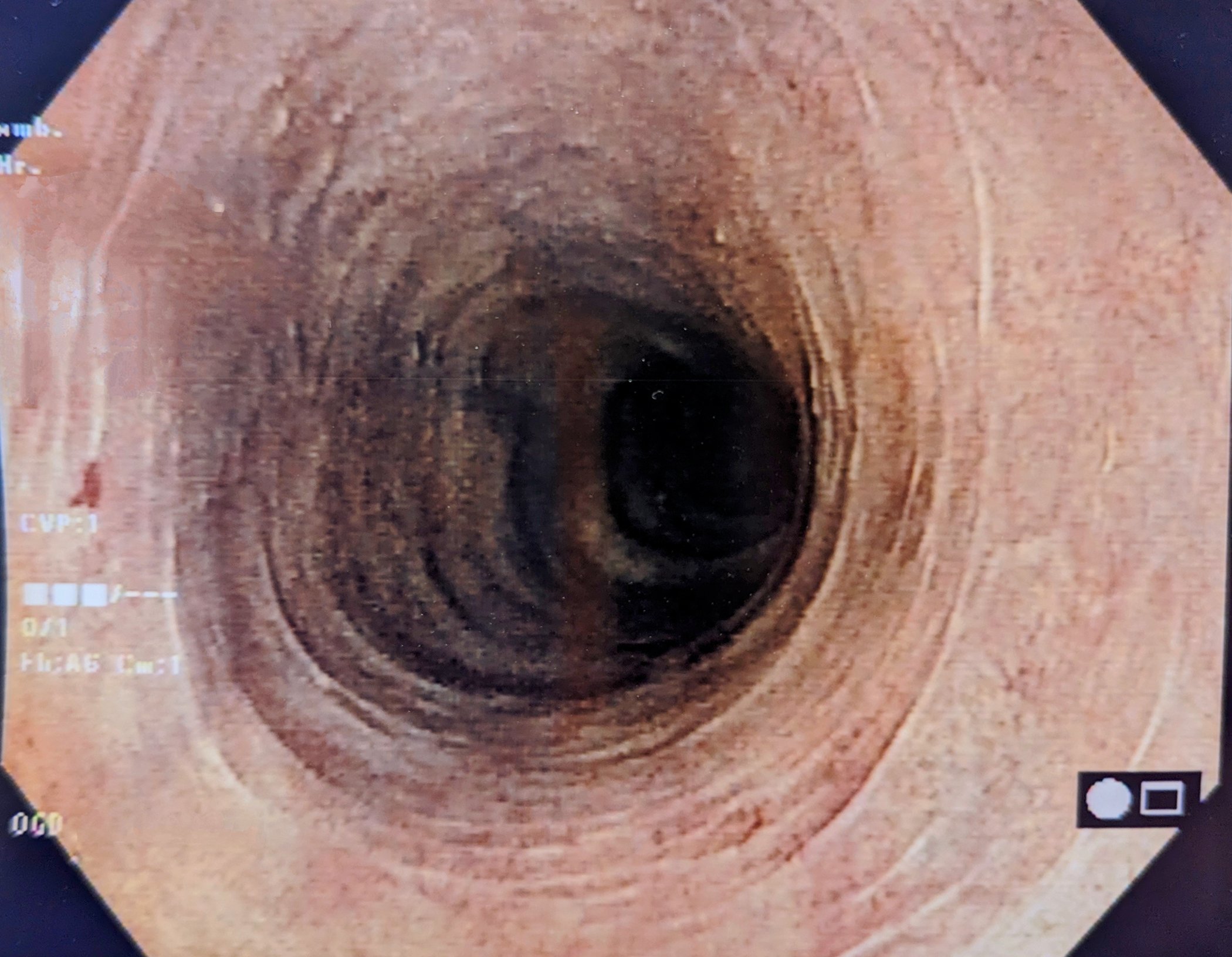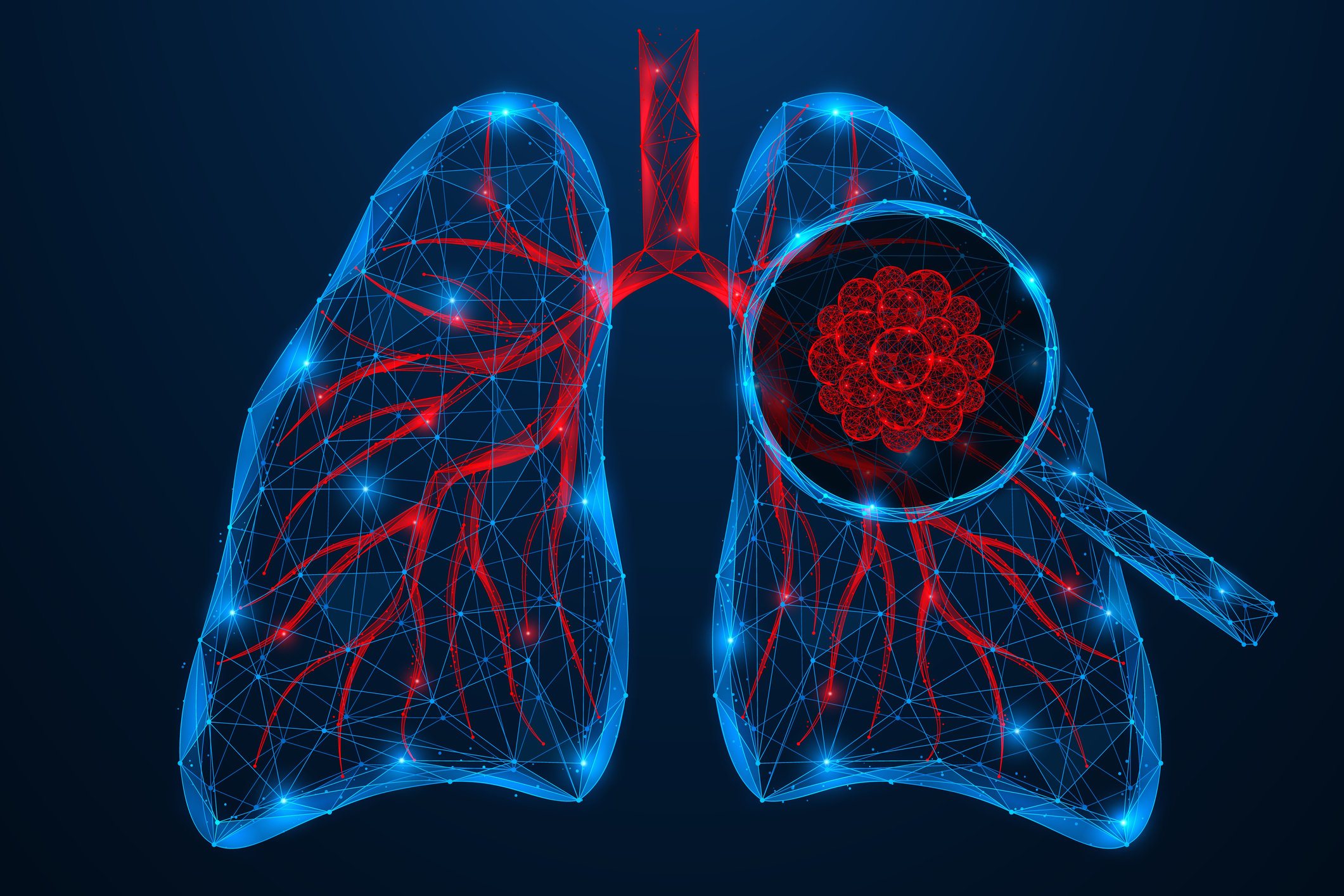Parkinson’s disease is clinically defined by the main motor symptoms resulting from nigrostriatal degeneration. However, it is now assumed that the disease usually consists of several pathologies. What new findings are available regarding the pathophysiology and how can Parkinson’s currently be treated effectively?
The prevalence of Parkinson’s disease has increased rapidly over the last decade in the context of an ageing population. Histopathological studies have demonstrated progressive neuronal loss. In most patients, there is a progressive accumulation of proteinaceous intraneuronal inclusions
(Lewy bodies [LB] and Lewy neurites [LN]) in subcortical and cortical structures. The main component of LB and LN is an aggregated form of α-synuclein, a protein involved in the regulation of synaptic vesicle fusion with the plasma membrane. Abnormally misfolded α-synuclein monomers aggregate to form oligomers and then fibrils. These are considered toxic species that not only lead to direct neuronal damage, but also spread prion-like between neurons. The causes and mechanisms that lead to the misfolding and aggregation of α-synuclein are still unknown.
According to Braak staging, the deposition of LB follows a predictable sequence, progressing in a stereotyped pattern beginning caudally from the lower brainstem and moving rostrally involving the substantia nigra in Braak stage 3. Alternatively, the pathology may originate in the olfactory bulb. However, Braak PD stages 1 and 2 occur before Lewy body pathology is seen in the substantia nigra – and at these stages there is already a reduced neuronal density of tyrosine hydroxylase (TH)-positive neurons and a higher percentage of TH-immunonegative melanin-loaded neurons. This suggests that neurodegeneration and neuronal dysfunction precede α-syn-positive Lewy pathology in the substantia nigra.
Variety of symptoms and their basis
People with Parkinson’s disease experience a combination of motor and non-motor symptoms (NMS), which can vary from patient to patient. Classic motor symptoms include resting tremor, slowed movements (bradykinesia) and increased muscle tone (rigidity). Patients who present with a tremor-dominant phenotype, characterized by dominant or isolated asymmetric resting tremor, are thought to have a better prognosis than the rarer group of patients who present with balance and gait disturbances. Non-motor symptoms, including autonomic dysfunction, hyposmia and mood disturbances, can occur at any stage of the disease. One study found that 90.3% of patients experienced NMS prior to diagnosis of Parkinson’s disease. Hyposmia and isolated REM sleep behavior disorder (iRBD) in particular are considered strong risk factors for Parkinson’s disease. Many patients with these two symptoms already have α-synuclein pathology.
However, tau aggregation in the substantia nigra is also assumed, particularly in the case of gait disorders. In some studies, 50% of the brains of Parkinson’s patients showed tau inclusions. Tau is a normally occurring protein that undergoes extensive post-translational modifications such as hyperphosphorylation, shortening and deglycosylation. This leads to insoluble, misfolded and aggregated protein isoforms. Disruption of the microtubule network and impaired axonal transport can result, ultimately leading to synaptic and neuronal degeneration. Parkinson’s was not initially considered a typical tauopathy. However, several studies have provided increasing evidence of tau pathology in the brains of Parkinson’s patients. Whether tau pathology precedes Lewy pathology and what role it plays in nigrostriatal degeneration is an important question that has not yet been answered.
Neurodegeneration and cellular dysfunction
Recent observations in patients with mild motor deficits (MMD) have now shown that pathological tau is part of an early, presynuclear process of nigrostriatal degeneration in premotor Parkinson’s disease. However, this proposed mechanism is subject to the assumption that MMD cases are really a precursor of Parkinson’s disease. MMD cases are intermediate between NMD and PD in motor impairment, TH-ir nigral cell loss and loss of TH-ir putamenal innervation, and nigral and putamenal phenotypic TH down-regulation. All of these pathologic events are associated with tau pathology, but not always with α-Syn, as they occur equally in MMD cases with and without Lewy pathology.
Treatment management of a complex disease
L-DOPA monotherapy had the potential to become the gold standard of Parkinson’s treatment, as it supplies the brain with the missing dopamine. However, as an oral drug, L-DOPA had some disadvantages for regular clinical use: due to its very short half-life, it needs to be administered very frequently (leading to poor compliance), while its rather variable bioavailability requires individualized titration based on side effects resulting from its very narrow therapeutic range. In addition, motor fluctuations occur with long-term treatment. For pharmacokinetic reasons, it is therefore important to minimize the daily L-DOPA dose. One method to achieve this was the addition of a decarboxylase inhibitor. In 1957, Julius Axelrod isolated a new enzyme that catalyzes the methylation of adrenaline, noradrenaline and other catecholamines, catechol-o-methyltransferase (COMT). It has a terminal half-life of about 12 hours and competes very effectively with L-DOPA at the neutral amino acid transporter at the blood-brain barrier, especially when a peripheral decarboxylase inhibitor is also administered. Patients who are treated with very high doses of L-DOPA therefore always require a COMT inhibitor. This is now also available for once-daily administration.
Further reading:
- Chu Y, Hirst WD, Federoff HJ, et al: Nigrostriatal tau pathology in parkinsonism and Parkinson’s disease. Brain. 2024 Feb; 147(2):444-457.
- Pavese N, Ledingham D: Parkinson’s, where are we heading? Br J Hosp Med (Lond). 2024 Jul 30;85(7): 1-5.
- Riederer P, Horowski R: L-DOPA-therapy in Parkinson’s disease: some personal reflections on L-DOPA therapy from Vienna and Berlin. J Neural Transm (Vienna). 2023; 130(11): 1323-1335.
InFo NEUROLOGY & PSYCHIATRY 2024; 22(5): 27











